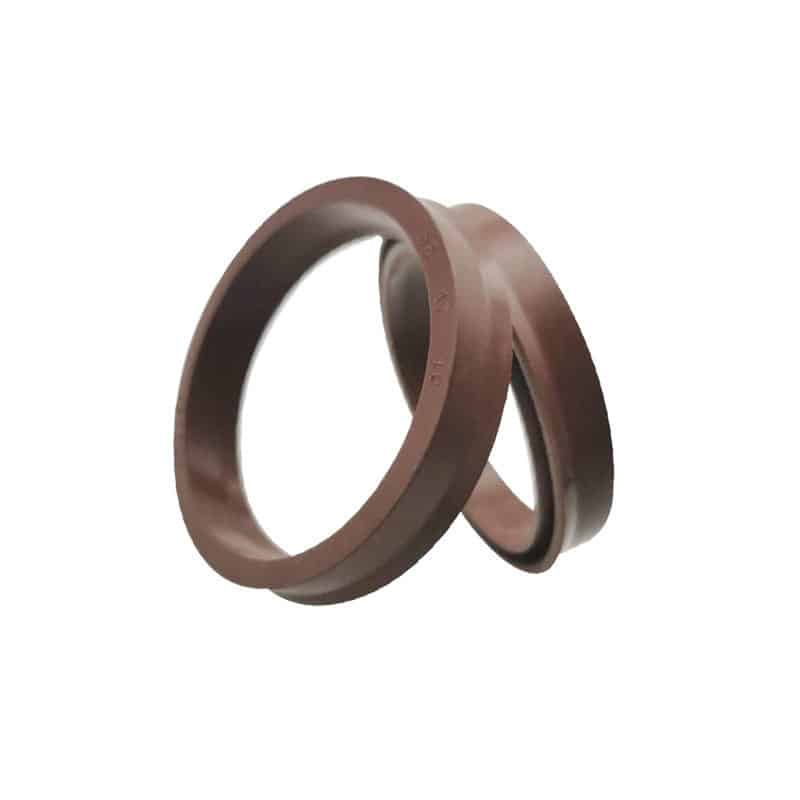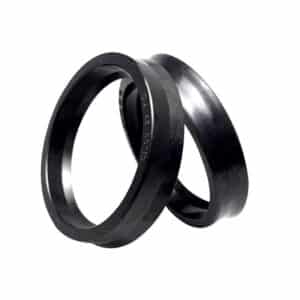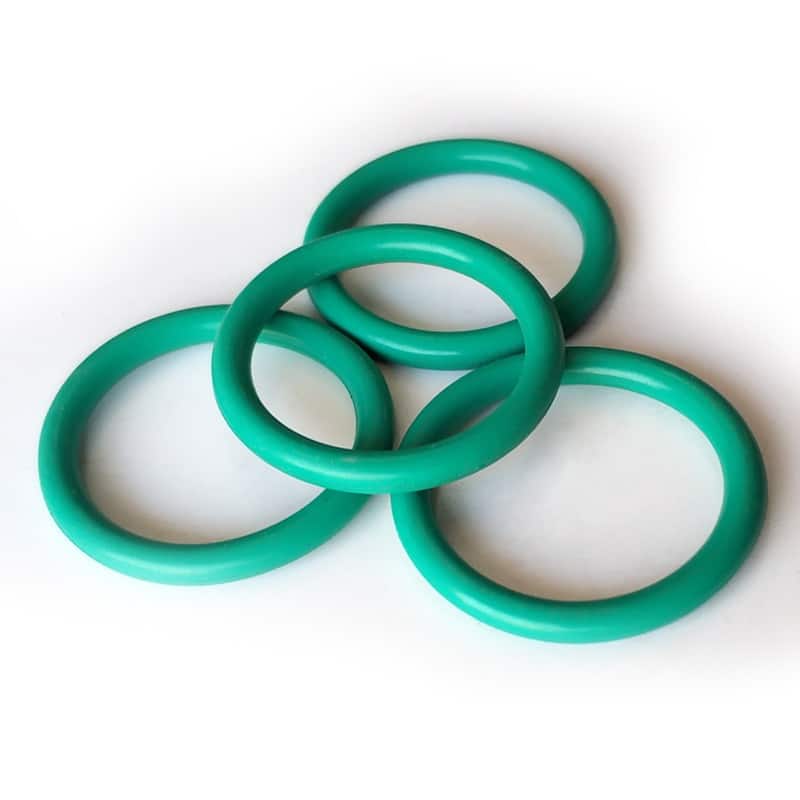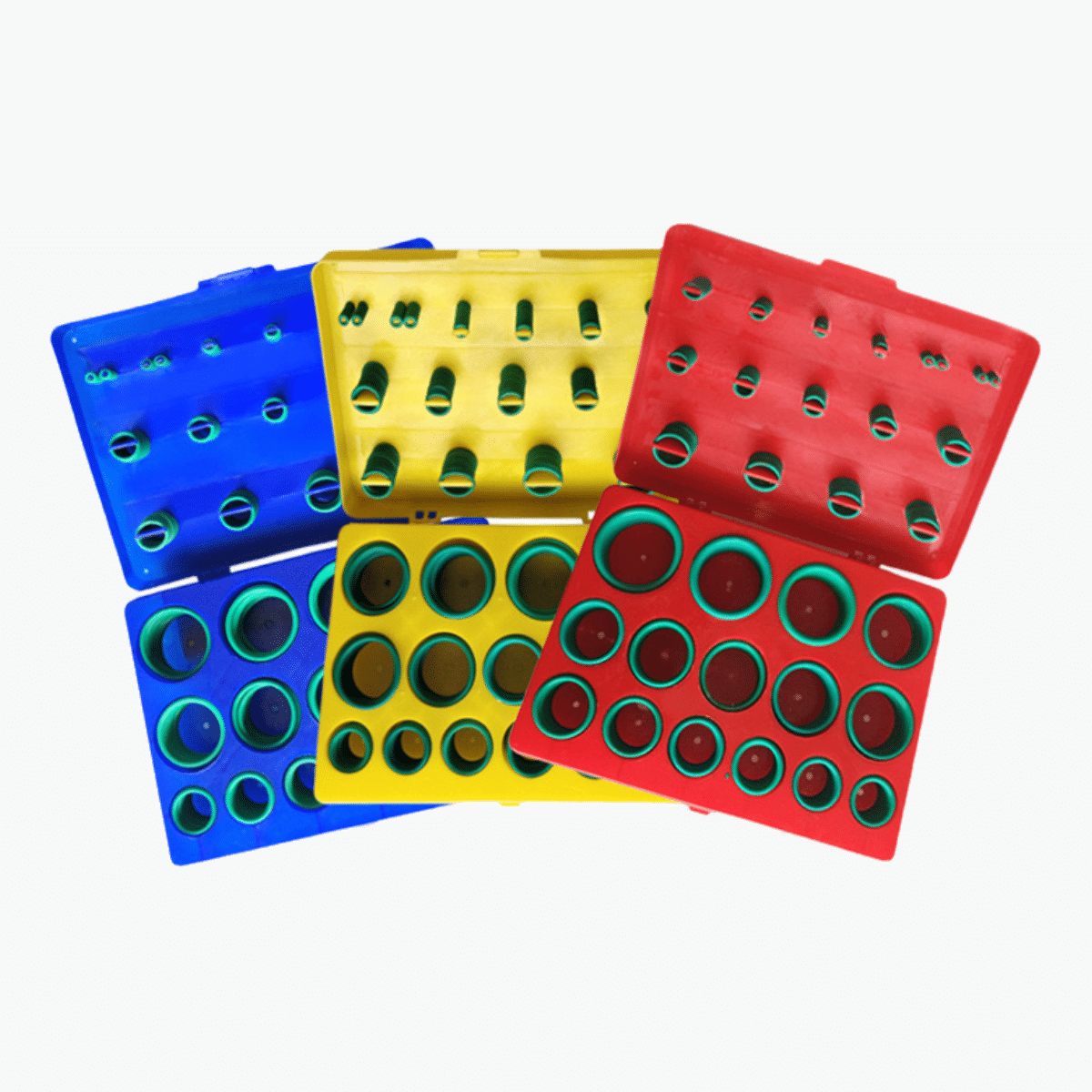Leaky cylinders, poor pressure control, and worn-out rods usually point to one thing: the wrong seal type. I used to assume all hydraulic seals were the same—until I ruined a perfectly good press.
Hydraulic cylinder seals come in several types: rod seals, piston seals, buffer seals, wiper seals, and guide rings. Each plays a specific role in keeping pressure inside and contamination outside.
Most people only think of “oil seals,” but real hydraulic systems depend on carefully matched components. Today, I’ll walk you through the key types of hydraulic seals—and when to use each.
What is a rod seal and when should I use it?
A rod seal prevents pressurized fluid from escaping the cylinder along the rod. It’s the first line of defense—and the most common cause of leaks.
Rod seals are used in almost every hydraulic cylinder, from excavators to injection molding machines. They must endure constant movement, high pressure, and temperature shifts.

I rely on the UN Hydraulic Seal for most of my rod sealing needs. It fits standard grooves, resists extrusion, and handles pressure up to 25 MPa.
| Feature | UN Rod Seal |
|---|---|
| Pressure | ≤ 25 MPa |
| Speed | ≤ 0.5 m/s |
| Material | TPU, NBR, FKM |
| Temp Range | -40°C to +120°C |
| Application | Rod side |
If your cylinder is leaking where the rod exits, replacing the rod seal is step one. It’s a fast fix—but only if you use the right profile and material.
What is a buffer seal and why is it necessary?
Ever seen a perfectly installed rod seal fail within days? I have—and it’s usually because the system lacked a buffer seal.
A buffer seal sits in front of the rod seal and absorbs pressure spikes. It slows down the fluid force, giving the rod seal a fighting chance.

One of the best options I’ve used is the KDAS Compact Seal. It’s a multi-component seal that combines buffer, guiding, and support—all in one.
| Feature | KDAS Seal |
|---|---|
| Pressure | ≤ 40 MPa |
| Structure | Multi-ring |
| Function | Buffer + guide |
| Material | TPU + POM + NBR |
| Application | Piston |
Without a buffer seal, even a high-end rod seal can blow out during hydraulic shock. For any high-pressure application, KDAS is my go-to.
What’s the difference between piston seals like IDU and ODU?
Unlike rod seals, piston seals prevent fluid from moving across the piston inside the cylinder. They seal internally—keeping chamber A and B separate.
IDU and ODU seals are symmetrical, double-acting piston seals. They’re ideal for cylinders that operate in both directions under pressure.

I’ve used IDU/ODU Seals on everything from forklifts to marine lifts. Their symmetrical design makes them easier to install without worrying about direction.
| Model | IDU / ODU |
|---|---|
| Type | Piston seal |
| Pressure | ≤ 25 MPa |
| Speed | ≤ 1.0 m/s |
| Material | TPU / NBR |
| Direction | Bi-directional |
They also wear evenly over time, which means fewer surprises mid-season.
Are guide rings and wear bands considered seals?
Technically, no—but without them, your seals won’t last long.
Guide rings—also known as wear bands—don’t stop fluid, but they keep the rod and piston aligned. Without them, the metal grinds, and the seals shear off.

The Guide Band is a simple but essential component. It absorbs lateral loads, prevents scoring, and reduces vibration inside the cylinder.
| Feature | Guide Band |
|---|---|
| Function | Rod/Piston guidance |
| Material | PTFE / POM / Fabric |
| Speed | ≤ 1.5 m/s |
| Temp Range | -60°C to +200°C |
Whenever I replace a rod or piston seal, I inspect the guide band. If it’s worn or loose, I replace it on the spot. That alone has saved me thousands in repeated service calls.👉 Want to learn how to replace these seals properly? Check our full replacement guide here.
Conclusion
There’s no single “best” hydraulic seal. Each type has a purpose—and getting them right is the key to building a leak-free system that lasts.
Call to action
Need help identifying the right seal for your equipment?
📧 Email: [email protected]
📱 WhatsApp: +86 17622979498
We’ll match your specs, drawing, or even a photo—fast and accurately.




